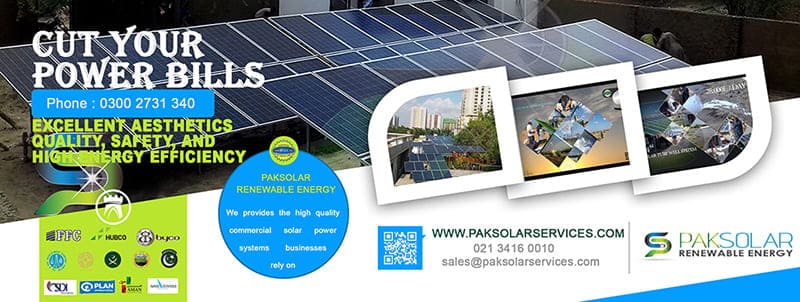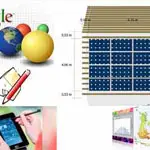Electrical energy is obtained from harnessing the wind with windmills or wind turbines...
What is Wind Power?
The wind is caused by huge convection currents in the Earth's atmosphere, driven by heat energy from the Sun. This means as long as the sun shines, there will be wind.
How do winds form?
This can be explained in simple terms by the daily wind cycle.
The earth's surface has both land and water. When the sun comes up, the air over the land heats up quicker than that over water. The heated air is lighter and it rises. The cooler air is denser and it falls and replaced the air over the land. At the night the reverse happens. Air over the water is warmer and rises, and is replaced by cooler air from land.

The moving air (wind) has huge amounts of kinetic energy, and this can be transferred into electrical energy using wind turbines. The wind turns the blades, which spin a shaft, which connects to a generator and makes electricity. The electricity is sent through transmission and distribution lines to a substation, then on to homes, businesses and schools. Wind turbines cannot work if there is no wind, or if the wind speed is so high it would damage them. Just like a windmill, wind energy turbines have been around for over 1000 years. From old Holland to farms in the United States, windmills have been used for pumping water or grinding grain.
The major types of wind power are:
Utility-scale wind
wind turbines larger than 100 kilowatts are developed with electricity delivered to the power grid and distributed to the end user by electric utilities or power system operators such as Jhampeer Wind Farm Project in Pakistan
Distributed or "small" wind
which uses turbines of 100 kilowatts or smaller to directly power a home, farm, or small business as its primary use.
Offshore wind
which are wind turbines erected in bodies of water around the world, but not yet in the Pakistan

Benefits of wind energy
Wind energy is a clean, renewable form of energy that uses virtually no water and pumps billions of dollars into our economy every year. Since 2008, the U.S. wind industry has generated more than $100 billion in private investment. Furthermore, wind energy is a drought-resistant cash crop in many parts of the country, providing economic investment to rural communities through lease payments to landowners. Wind energy helps avoid a variety of environmental impacts due to its low impact emitting zero greenhouse gas emissions or conventional pollutants and consuming virtually no water.
Wind energy is also in-sourcing jobs in the manufacturing sector. The wind industry employs 73,000 people across construction, development, engineering, operations with tens of thousands employed across more than 500 U.S. manufacturing facilities.






